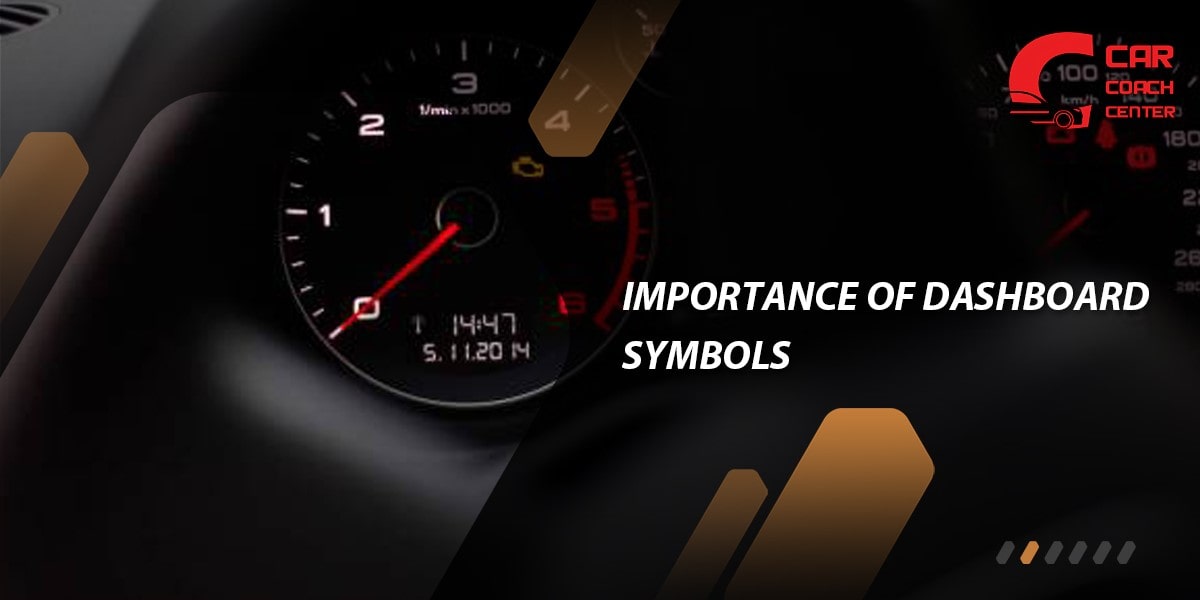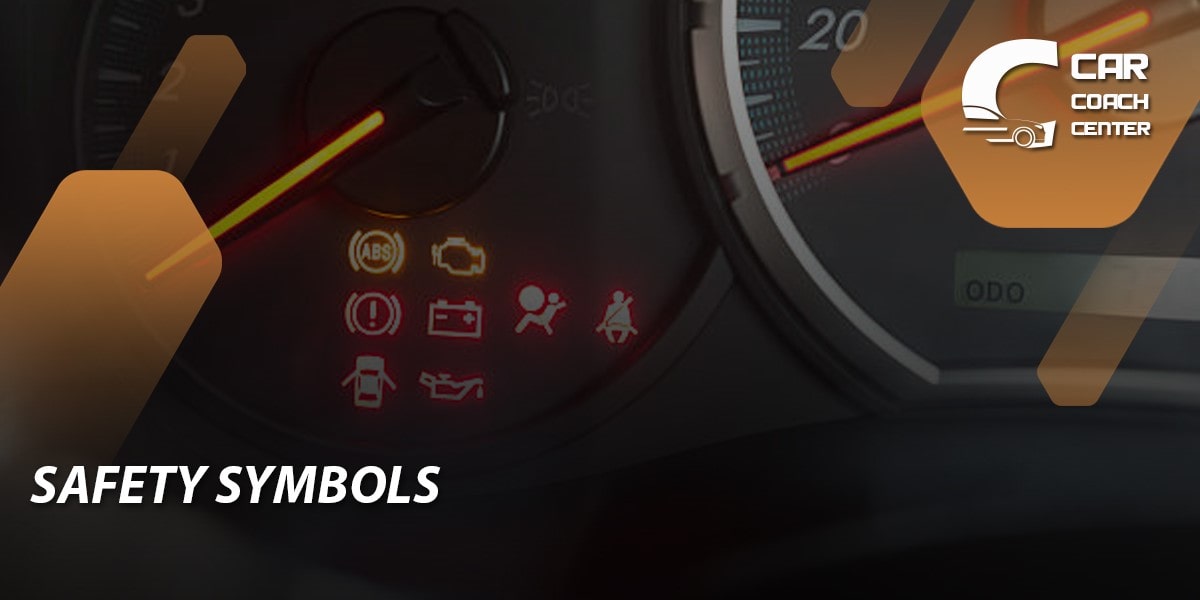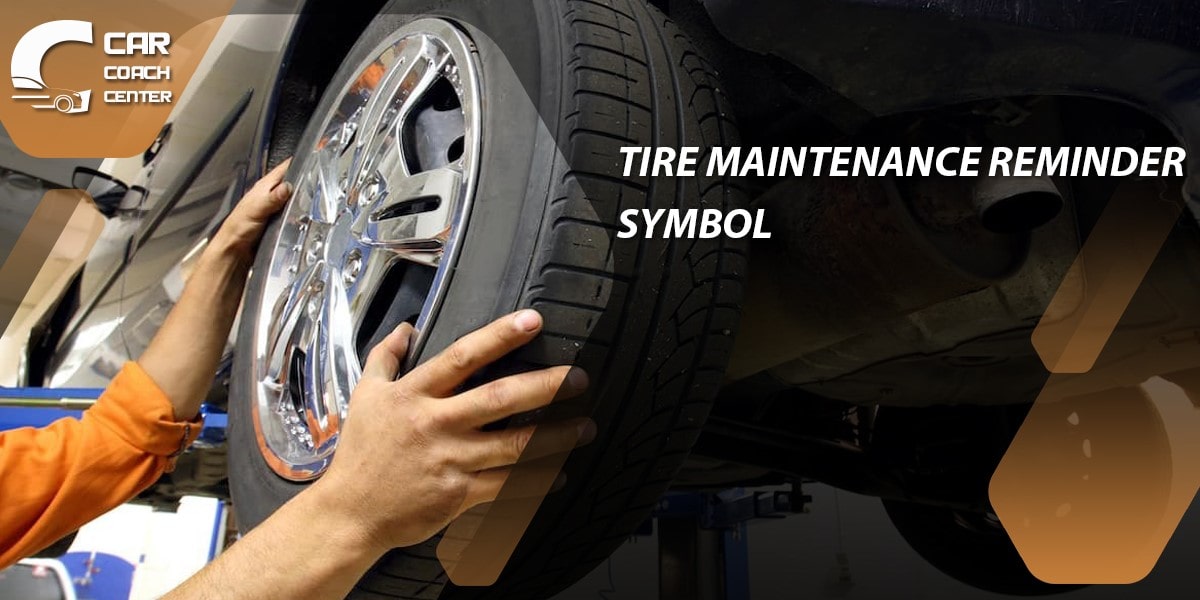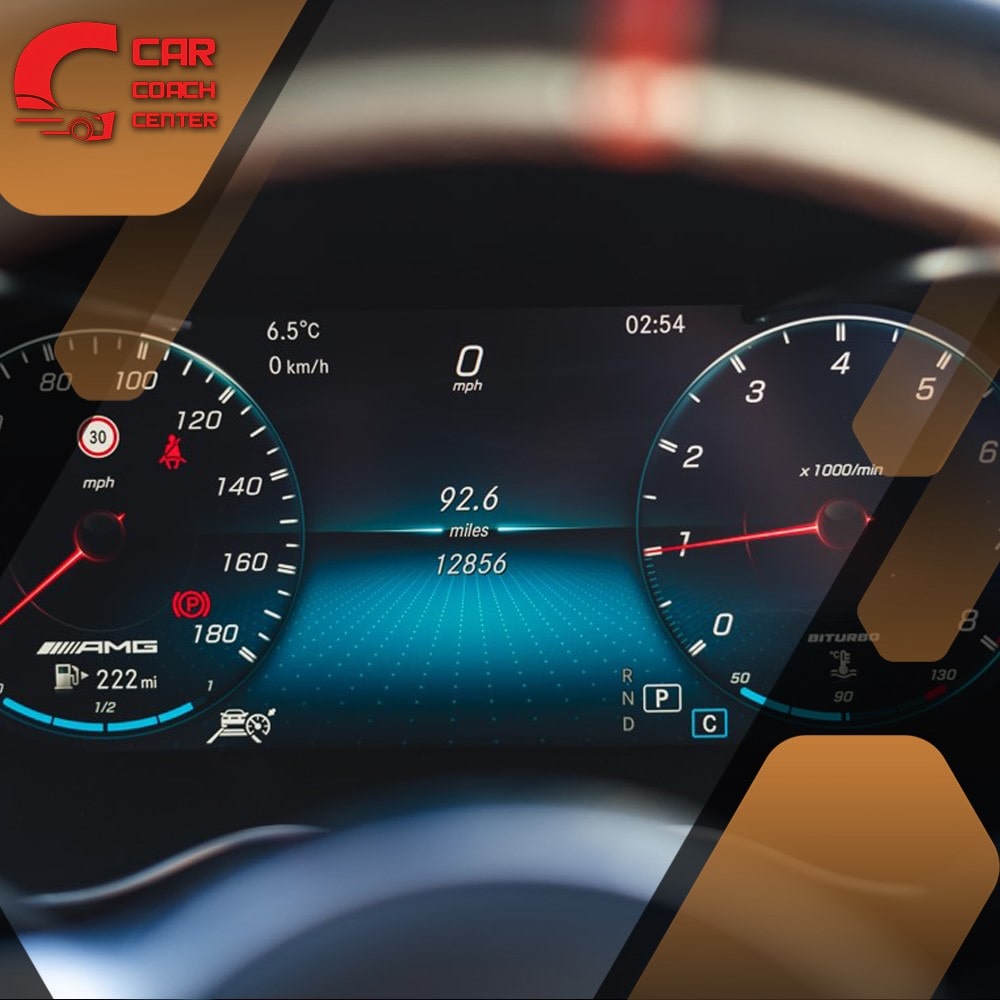Introduction to kia dashboard symbols
At the heart of vehicle communication lies the dashboard symbols that illuminate to convey important information about your Kia. These symbols act as the language between your car and you, providing vital notifications, warnings, and indicators of various systems and components.
Understanding these symbols is crucial for maintaining your Kia’s performance, ensuring your safety, and preventing potential issues. In this comprehensive guide, we will delve into the world of Kia dashboard symbols, decipher their meanings, and equip you with the knowledge to tackle any car-related challenge.

Dashboard symbols serve as an essential communication tool, bridging the gap between the complex inner workings of your Kia and the driver. By promptly recognizing and deciphering these symbols, you can address potential problems, take appropriate actions, and prevent further damage.
Ignoring or misunderstanding these symbols can lead to costly repairs, compromised safety, and even breakdowns on the road. Therefore, familiarizing yourself with Kia’s symbol system is an investment in your vehicle’s longevity and your peace of mind.
Understanding Kia’s Symbol System
Kia has developed a standardized symbol system to ensure consistency across their vehicle lineup. These symbols are divided into three main categories: warning symbols, safety symbols, and indicator/information symbols. Each category serves a distinct purpose, alerting you to potential issues, ensuring your safety, or providing important information about your Kia’s status.
How to Interpret Kia Dashboard Symbols
Interpreting Kia dashboard symbols requires a combination of visual recognition and knowledge of their meanings. While some symbols may be self-explanatory, others might require a deeper understanding. Here are some steps to help you interpret Kia dashboard symbols effectively:
- Refer to the Owner’s Manual: The first step when encountering an unfamiliar symbol is to consult your Kia’s owner’s manual. The manual provides detailed explanations and illustrations of each symbol, enabling you to identify the specific issue or system indicated.
- Analyze the Symbol’s Appearance: Pay attention to the shape, color, and accompanying text (if any) of the symbol. These visual cues often provide additional context or urgency. For example, a red symbol typically signifies a more severe issue than a yellow one.
- Consider the Driving Conditions: Take into account the current driving conditions, any recent maintenance or repairs, and the behavior of the vehicle. This context can help you determine the severity of the symbol and whether immediate action is required.
- Seek Professional Assistance: If you are unsure or unable to diagnose the issue, it is always wise to consult a qualified technician or visit a Kia service center. They possess the expertise and diagnostic tools to pinpoint the problem accurately.

Warning Symbols
Warning symbols are designed to draw your attention to potential issues with critical systems in your Kia. Ignoring these symbols can lead to severe damage or unsafe driving conditions. Let’s examine some of the most common warning symbols and their implications:
Engine Warning Symbols
- Engine Overheating Symbol: This symbol, typically represented by a thermometer or wavy lines, indicates that your Kia’s engine temperature has exceeded the normal operating range. Immediate action is required to prevent engine damage.
- Check Engine Light Symbol: The check engine light, often shaped like an engine block or simply displaying “Check Engine” text, illuminates when there is a malfunction in the engine or emission control system. It is advisable to have the vehicle inspected by a professional to diagnose and resolve the issue.
- Oil Pressure Warning Symbol: When this symbol, resembling an oil can or oil droplet, lights up, it signifies low engine oil pressure. Insufficient oil pressure can lead to engine damage, so it is critical to check the oil level and address any oil-related issues promptly.
Brake System Warning Symbols
- Brake Fluid Low Symbol: This symbol, resembling an exclamation mark within a circle, indicates that the brake fluid level in your Kia is low. Inadequate brake fluid can compromise your vehicle’s braking performance, so it is crucial to refill the fluid and inspect the braking system for potential leaks.
- ABS Warning Symbol: The ABS (Antilock Braking System) warning symbol, typically represented by the letters “ABS” inside a circle, illuminates when there is a malfunction in the ABS system. While your conventional braking system may still function, it is advisable to have the ABS system inspected and repaired.
- Parking Brake Symbol: This symbol, usually indicated by an exclamation mark within a circle enclosed in parentheses, signifies that the parking brake is engaged or there is a malfunction in the parking brake system. Ensure the parking brake is fully released and consult a professional if the symbol persists.
Battery and Charging System Warning Symbols
- Battery Charge Warning Symbol: When this symbol, resembling a battery-shaped icon, lights up, it indicates a potential issue with the charging system, such as a faulty alternator or a weak battery.
- Alternator Warning Symbol: This symbol, often represented by a battery icon with a “+” and “-” sign, alerts you to a malfunctioning alternator. The alternator is responsible for charging the battery while the engine is running, so it is crucial to have it inspected and repaired to avoid battery drain.
- Low Voltage Warning Symbol: This symbol, typically represented by a battery icon with a lightning bolt, indicates that the electrical system is experiencing low voltage. It could be a sign of a failing battery or a problem with the electrical components. Immediate attention is necessary to avoid electrical system failures.

Safety Symbols
Safety symbols focus on ensuring the well-being of both the driver and passengers. These symbols highlight potential dangers or remind you to take necessary safety precautions. Let’s explore a few significant safety symbols and their meanings:
Airbag and Restraint System Symbols
- Airbag Warning Symbol: This symbol, usually displayed as an icon depicting a person with an inflated airbag in front, indicates a problem with the airbag system. It is essential to have the system inspected and repaired to ensure its proper functioning in the event of an accident.
- Seat Belt Reminder Symbol: When this symbol, typically represented by a person wearing a seat belt, illuminates, it serves as a reminder to fasten your seat belt. Ensure all occupants are properly secured before driving.
- Child Safety Seat Symbol: This symbol, resembling a figure of a child in a car seat, reminds you to secure a child in an appropriate and properly installed child safety seat.
Tire Pressure Monitoring Symbols
- TPMS Warning Symbol: The Tire Pressure Monitoring System (TPMS) warning symbol, often displayed as an exclamation mark inside a tire-shaped icon, illuminates when the system detects low tire pressure in one or more tires. Check and adjust the tire pressure to the recommended levels to ensure optimal safety and tire performance.
- Low Tire Pressure Symbol: This symbol, usually represented by an exclamation mark within parentheses or an icon depicting a tire with an exclamation mark, indicates that the tire pressure in one or more tires is significantly low. Inflate the tires to the recommended pressure as soon as possible to prevent potential tire damage or accidents.
- Tire Monitoring System Fault Symbol: When this symbol, resembling a tire with an exclamation mark and parentheses, lights up, it signifies a fault or malfunction in the tire monitoring system. Have the system inspected to ensure accurate tire pressure monitoring.
Stability and Traction Control Symbols
- Traction Control Off Symbol: This symbol, typically displayed as the letters “TC” inside a circle with an arrow, indicates that the traction control system has been manually turned off. It is advisable to reactivate the system for enhanced vehicle stability and control.

- Electronic Stability Control Symbol: When this symbol, often represented by the letters “ESC” within a triangle or a vehicle skidding icon, illuminates, it indicates a problem with the electronic stability control system. Have the system inspected and repaired to maintain optimal vehicle stability and control.
- Hill Descent Control Symbol: This symbol, resembling a vehicle going downhill, signifies that the hill descent control system is engaged. It assists in maintaining a controlled descent on steep grades. Remember to deactivate the system when not required.
Indicator and Information Symbols
Indicator and information symbols provide valuable insights about various vehicle systems, fuel levels, and maintenance reminders. Let’s explore some of the essential symbols in this category:
Fuel and Range Symbols
- Low Fuel Warning Symbol: This symbol, often represented by a fuel pump icon or a gas gauge with an exclamation mark, alerts you when the fuel level is critically low. Refuel your Kia as soon as possible to avoid running out of fuel.
- Fuel Range Indicator Symbol: This symbol, typically displayed as a gas pump icon with the remaining fuel range, provides an estimate of the distance you can travel before running out of fuel. It helps you plan refueling stops during long drives.
- Fuel Cap Indicator Symbol: When this symbol, resembling a gas cap, illuminates, it indicates that the fuel cap is either loose or not properly secured. Check the fuel cap and tighten it securely to maintain fuel system integrity.
Lighting and Visibility Symbols
- Headlight Indicator Symbol: This symbol, often represented by a headlight icon or the letters “A” and “B” inside a headlight, indicates that the headlights or running lights are turned on. Ensure your headlights are appropriately adjusted and functioning for optimal visibility.
- Fog Light Indicator Symbol: When this symbol, usually depicted as a front car with wavy lines in front, illuminates, it signifies that the fog lights are turned on. Remember to switch off the fog lights when visibility improves to avoid dazzling other drivers.
- Windshield Washer Fluid Indicator Symbol: This symbol, resembling a windshield with water droplets, indicates low windshield washer fluid levels. Refill the washer fluid reservoir to ensure clear visibility and effective windshield cleaning.
Maintenance Reminder Symbols
- Oil Change Reminder Symbol: This symbol, often displayed as an oil can or a wrench, reminds you that it is time for an oil change based on your Kia’s recommended maintenance schedule. Schedule an oil change service to maintain optimal engine performance and longevity.
- Service Due Indicator Symbol: When this symbol, typically represented by a wrench or the letters “SERV,” illuminates, it indicates that a scheduled maintenance service is due. Refer to your Kia’s maintenance schedule to determine the specific service required and book an appointment at a Kia service center.

- Tire Maintenance Reminder Symbol: This symbol, usually depicted as an exclamation mark inside a tire-shaped icon, reminds you to check the tire pressure, perform tire rotations, or conduct other tire maintenance tasks. Attend to the recommended tire maintenance to ensure even wear and prolong tire life.
Conclusion
Understanding the wide array of Kia dashboard symbols is crucial for maintaining the performance, safety, and longevity of your vehicle. By familiarizing yourself with these symbols and their meanings, you can confidently address potential issues, take appropriate actions, and seek professional assistance when necessary.
Remember to consult your Kia’s owner’s manual for detailed explanations of specific symbols and always prioritize safety by promptly addressing any warnings or indicators. With this comprehensive guide, you are well-equipped to navigate the language of Kia dashboard symbols and ensure a smooth and enjoyable driving experience.
Remember, for more expert advice and assistance with your car maintenance needs, visit Car Coach Center at carcoachcenter.com .
FAQ
What should I do if the engine overheating symbol illuminates in my Kia?
Take immediate action to prevent engine damage, such as pulling over and allowing the engine to cool down, before consulting a professional.
What does the low tire pressure symbol indicate in a Kia?
Check and inflate the tires to the recommended pressure as soon as possible to avoid potential tire damage or accidents.
How can I determine if the airbag system in my Kia is malfunctioning?
If the airbag warning symbol lights up, have the system inspected and repaired by a professional to ensure proper functioning during accidents.


